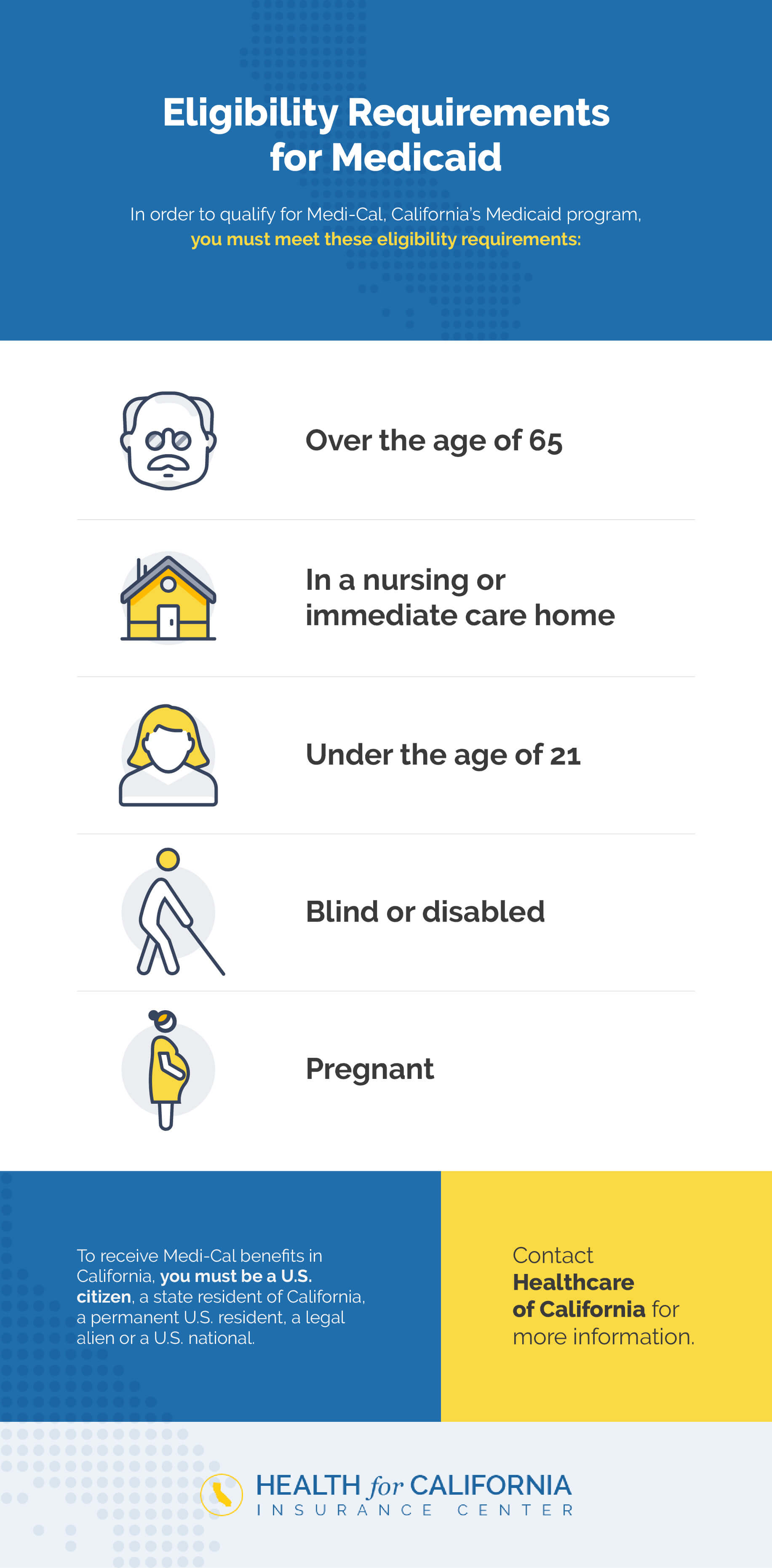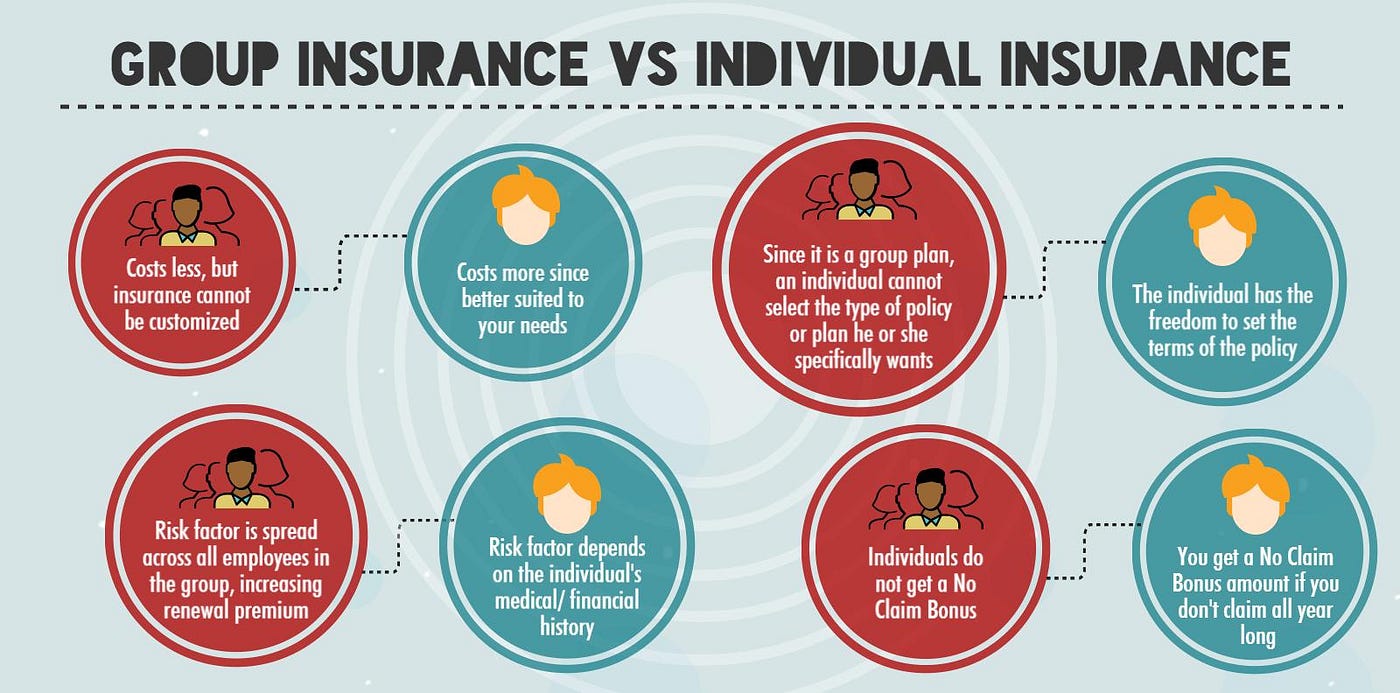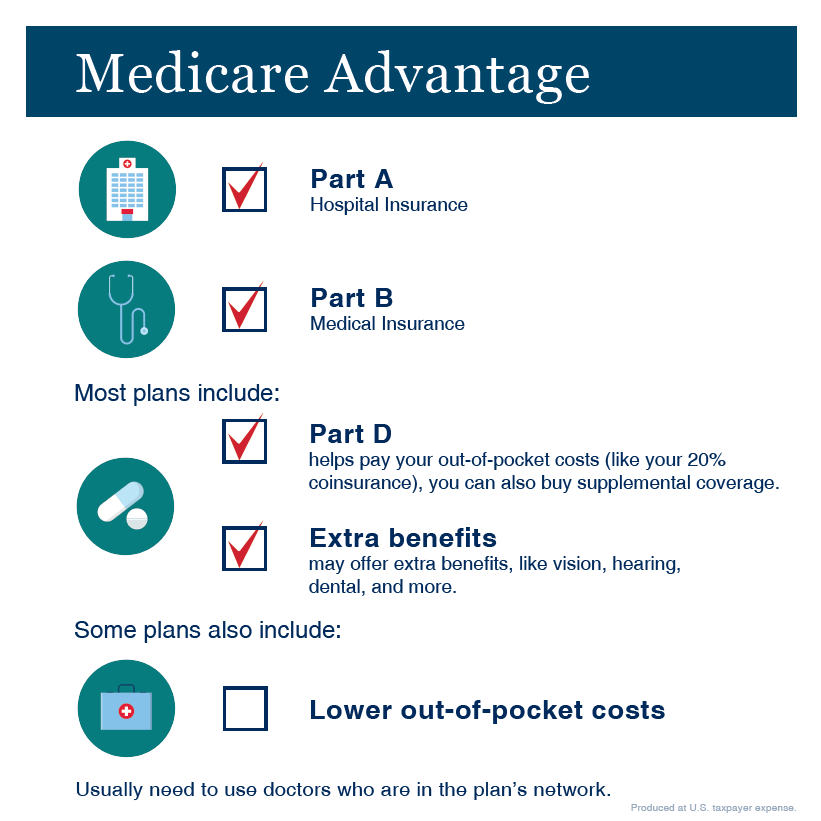The Buzz on Medicare Advantage Agent
Table of ContentsIndicators on Medicare Advantage Agent You Should KnowThe Medicare Advantage Agent IdeasTop Guidelines Of Medicare Advantage Agent

complies with from puzzling the fairly young age account of the without insurance with the far better wellness, typically, of younger persons. This obscures the link in between wellness standing and wellness insurance coverage. For those without accessibility to work environment wellness insurance, inadequate health and wellness is a prospective obstacle to buying nongroup insurance coverage due to the fact that such protection may be extremely priced, omit pre-existing problems, or be just inaccessible. The variety of without insurance Americans is not specifically large and has not transformed in recent times. Seven out of 10 respondents in a nationally representative survey thought that less Americans did not have medical insurance than actually do(Fronstin, 1998). About half(47 percent )thought that the number of individuals without wellness insurance coverage decreased or remained continuous over the last half of the last decade(Blendon et al., 1999). This drop of virtually 2 million in the variety of individuals 'without insurance (a decrease
of around 4 percent)is absolutely a positive adjustment. With a softer economic situation in 2000 the latest reported gains in insurance policy coverage might not proceed(Fronstin, 2001 ). The decrease in the variety of without insurance will not proceed if the economic climate continues to be slow-moving and healthcare costs remain to exceed rising cost of living. This is since the information were collected for a period of solid financial efficiency. Of the estimated 42 million individuals that were without insurance, almost regarding 420,000(regarding 1 percent)were under 65 years old, the age at which most Americans come to be eligible for Medicare; 32 million were adults in between ages 18 and 65, about 19 percent of all grownups in this age group; and 10 million were youngsters under 18 years of age, concerning 13.9 percent of all youngsters (Mills, 2000). These quotes of the variety of persons uninsured are generated from the annual March Supplement to the Present Population Study (CPS), conducted by the Demographics Bureau. Unless or else noted, national price quotes of people without health and wellness insurance policy and proportions of the populace with different kinds of coverage are based on the CPS, the most commonly made use of resource of estimates of insurance policy protection and uninsurance prices. These studies and the estimates they yield are described briefly in Table B. 1 in Appendix B - Medicare Advantage Agent. These surveys vary in size and sampling methods, the inquiries that are inquired about insurance policy
A Biased View of Medicare Advantage Agent
coverage, and the moment period over which insurance coverage or uninsurance is gauged(Lewis et al., 1998, Fronstin, 2000a ). Still, the CPS is especially useful due to the fact that it generates annual price quotes reasonably swiftly, reporting the previous year's insurance coverage estimates each September, and because it is the basis for a regular collection of price quotes for even more than two decades, permitting analysis of fads in protection over time.

Everything about Medicare Advantage Agent
Over a three-year duration starting early in 1993, 72 million individuals, 29 percent of the united state populace, lacked insurance coverage for a minimum of one month. Within a solitary year(1994), 53 million people experienced at the very least a month without insurance coverage(Bennefield, 1998a). Six out of every ten without insurance grownups are themselves employed. Although working does enhance the possibility that and one's family members will have insurance policy, it is not a guarantee. Even members of households with two permanent wage earners have almost a one-in-ten opportunity of being uninsured (9.1 percent without insurance price)(Hoffman and Pohl, 2000 ). The partnership between medical insurance and accessibility to care is well developed, as documented later on in this chapter. Although the relationship in between health insurance and health outcomes is neither straight nor simple, a substantial professional and wellness solutions study literature web links medical insurance coverage
to better accessibility to care, far better high quality, and improved individual and population wellness condition. The 2nd record, on individual health and wellness outcomes for without insurance grownups, is stood for by the innermost circle of the figure, while the third record, on family health, encompasses the topics of the 2nd record yet emphasizes a different unit of analysis, namely, the family. The 6th record in the series will present details regarding methods and initiatives carried out locally, statewide, or nationally to deal with the lack of insurance coverage and its negative impacts. Levels of evaluation for checking out the effects of uninsurance. This conversation of medical insurance coverage concentrates mainly on the united state population under age 65 due to the fact that practically all Americans 65 and Read Full Article older have Medicare or various other public protection.
Moreover, it focuses specifically on those with no health insurance for any type of size of time. The problems faced by the underinsured remain in some respects comparable to those dealt with by the without insurance, although they are generally less extreme. Uninsurance and underinsurance, nevertheless, involve noticeably different policy problems, and the techniques for resolving them may differ. Throughout this study and the 5 records to follow, the major focus gets on persons without medical insurance and hence no aid in spending for healthcare past what is readily available through charity and safeguard establishments. Medical insurance is an effective variable impacting invoice of care since both clients and doctors reply to the out-of-pocket cost of solutions. Medical insurance, nonetheless, is neither needed nor sufficient to gain access you can find out more to medical solutions. Nonetheless, the independent and straight result of health
insurance protection on access to wellness solutions is well established. Others will certainly get the healthcare they require also without health insurance coverage, by spending for it expense or seeking it from carriers who provide treatment cost-free or at extremely subsidized rates. For still others, medical insurance alone does not make certain receipt of care because of various other nonfinancial obstacles, such as a lack of healthcare carriers in their community, minimal access to transportation, illiteracy, or linguistic and social differences. Official study regarding without insurance populaces in the USA dates to the late 1920s and very early 1930s when the Committee on the Expense of Healthcare created a collection of reports regarding funding doctor office brows through and hospital stays. This concern ended up being prominent as the numbers of medically indigent climbed up during the Great Depression. Empirical studies constantly sustain the web link in between accessibility to care and enhanced health and wellness results(Bindman et al., 1995; Starfield, 1995 ). Having a normal source of treatment can be considered a predictor of access, as opposed to a direct action of it, when health and wellness results are themselves made use of as access signs. This expansion of the notion of gain access to dimension was made by the IOM Committee on Monitoring Access to Personal Health And Wellness Care Provider(Millman, 1993, p. Whether or not moms and dads are insured shows up to influence whether their youngsters get treatment as well as just how much careeven if the kids themselves have insurance coverage(Hanson, 1998). The wellness of parents can influence their ability to look after their children and the degree of family members stress. Fretting about their youngsters's access to care is itself a source of anxiety for parents. 3 chapters follow in this record. Chapter 2 gives a review of how employment-based health and wellness insurance policy, public programs and specific insurance plans run and interact to give comprehensive but insufficient coverage of the U.S. population. This consists of a review of historic patterns and public plans affecting both public and private insurance, a discussion of the interactions among the various sorts of insurance coverage, and an assessment of why people move from one program to an additional or finish up
